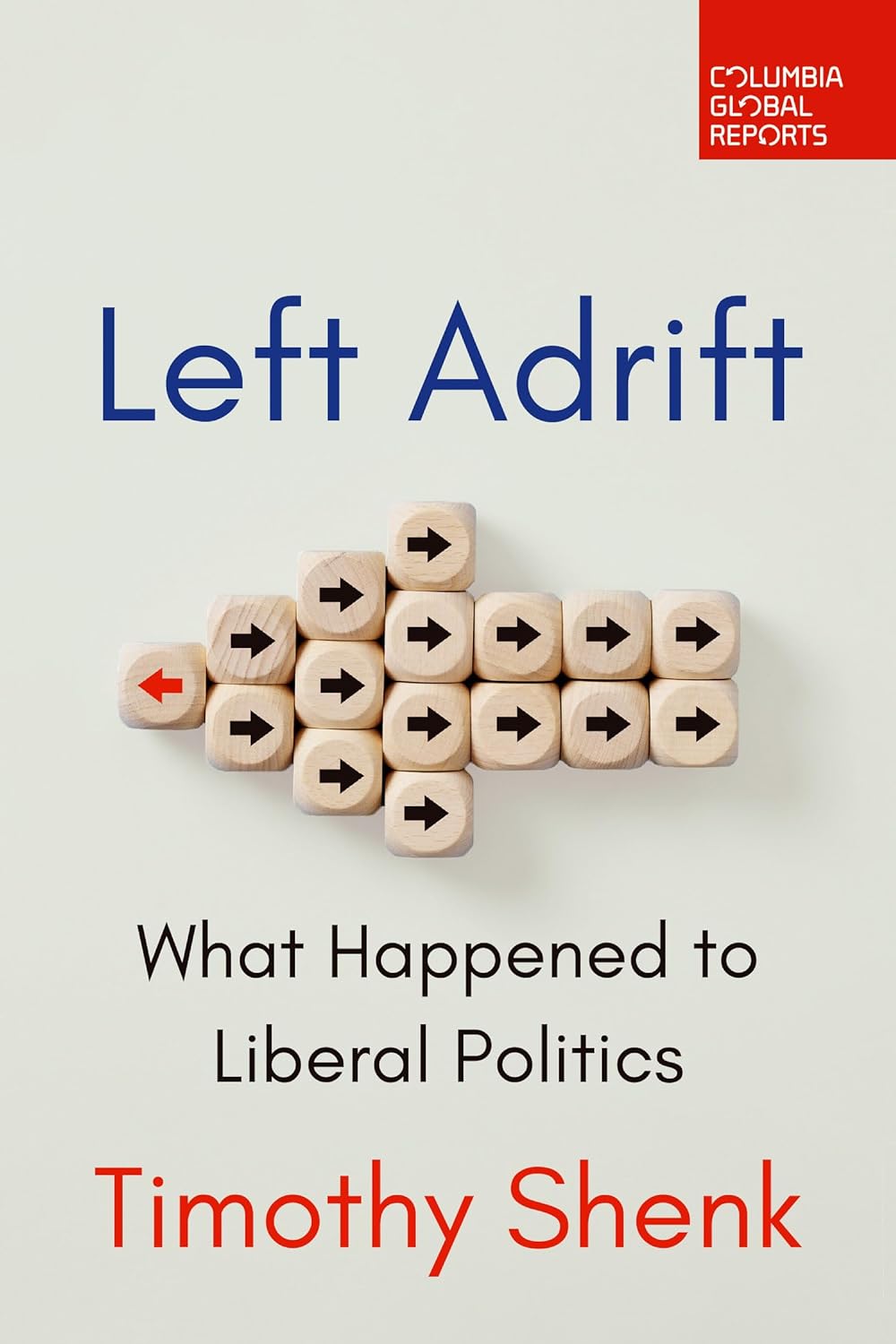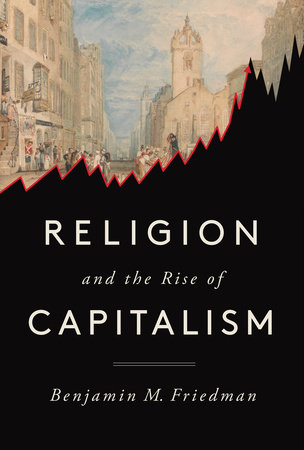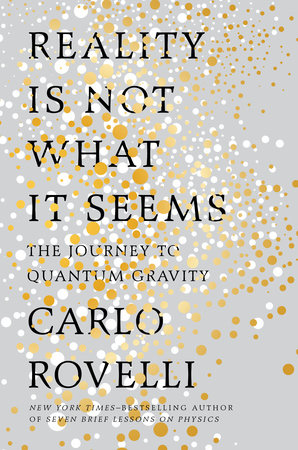Left Adrift: What Happened to Liberal Politics
- By Timothy Shenk
- Columbia Global Reports
- 264 pp.
- Reviewed by Jethro K. Lieberman
- November 27, 2024
Are progressives truly in disarray?

Donald J. Trump’s victory in the 2024 election might be an instructive example of Timothy Shenk’s thesis in Left Adrift: What Happened to Liberal Politics: The left is losing because of the seismic transformation of its constituency. But in trying to explain why this has happened, the book is, alas, something of a muddle.
Left Adrift focuses primarily on the United States but also devotes significant space to observing the fortunes of left-wing parties in Great Britain, Israel, and post-Mandela South Africa. The narrative difficulty is perhaps a consequence of a particular literary device Shenk employs to tell this story. He centers much of his narrative and analysis on the premises and findings of two American political strategists and consultants: Stanley Greenberg and Douglas Shoen, well known to political insiders but virtually unknown otherwise. The men detested each other while competing for the same clients and watched, participated in, and argued about party realignment not only in the U.S. but around the world.
Shenk, a history professor at George Washington University, says that the story of their careers is also the story of how coalitions on the right and the left, once divided by economic concerns, have “come apart, allowing educated professionals to find a home on the left and providing right-wing populists an opportunity to make deep inroads with workers.”
Shenk’s apparent explanation for the Democratic Party’s failures at the ballot box (the book was written before the recent election) is its loss of a significant portion of the old New Deal coalition: the working class. That a large cohort of workers has deserted the party (or that the party has deserted them) seems clear enough. In particular, “The left was once a bottom-up coalition where organizations representing workers set the tone for politicians who styled themselves as champions,” writes Shenk. “Today, it owes more to universities than to unions, and its coalition looks like an alliance between professionals and the poor, where the virtues of diversity are obvious but solidarity is harder to come by, especially with the middle of the electorate.” But despite the book’s sprightly tone and readable sentences, just why all this has come to be is never clearly or convincingly explained.
Many of the mini events Shenk relates are interesting and perceptive, but the history of the consultantships is too abbreviated to constitute a history worthy of the name. Moreover, homing in on what Greenberg and Shoen (and their business partners) have thought and advised their clientele worldwide allows the author to hide behind their concerns, conclusions, and political dispositions and to neglect readers’ need for a straightforward explanation of various tangled histories.
Elections turn on many things, including both long-term trends and short-term occurrences (e.g., inflation, recession, industrial erosion, job loss, public-health crises, crime and the misinterpretations of crime and other statistics, war, public trauma and its consequences, rhetorical styles, quantity and nature of falsehoods spread, gendered politics, and even psychological profiles such as individual and mass shamelessness). Little of Shenk’s account deals with these in an ordered way, and some major themes, like what caused the polarization that he says always favors right-wing politics, are missing altogether.
The book is most edifying in providing bullet points on the strategies needed to garner a majority from the disparate classes of voters on offer. But in this abbreviated version of what a longer book would surely have laid out in richer detail, it’s difficult to discern how the anecdotes and factoids amount to a verdict on “liberal politics” or “the left” in general, since many competing left-wing strategies were not put to use. In other words, which is the “true” liberalism? And is that the same question as which is a winning strategy in the election game? Does appealing to the working class mean abandoning what is now meant by left-leaning policies, or does it mean expanding an overly narrow view of liberalism?
The lesson here, if one can be discerned, is that, in the long run, the centrist is the horse to back (as Shenk suggests in a very short and enlightening conclusion). “Democracy is a machine for turning the views of ordinary people into government policy.” It follows that, in a democracy, a party that gets too far out of sync with the various majorities of voters will lose to whatever other party hammers at the calamities (real or imagined) that can be blamed on those who’ve drifted too far.
The irony in our present situation is that it’s not only the left but also mainstream conservatism that is adrift. The once-central belief of the old conservatism, that any reforming spirit that tries to remake society too dramatically and too quickly will ultimately collapse or explode seems to have been forsaken. A central question for us now — I hesitate to proclaim it “the” central question — is whether either of our two major parties can reclaim a reformist path to caring for all the people without embracing a Great Disruption that, whenever it’s been tried, has torn society apart.
Is the left, and not just the Democratic Party, truly adrift? In the U.S., the right has already dismantled one of the past century’s liberal achievements: legalized abortion. It has continued to block sensible gun control, threatens environmental gains, and puts public-health policies in doubt. It has not yet repudiated the post-World War II national-security consensus or tackled the full New Deal safety net, including Medicare and other welfare and economic policies, though it has weakened some (like banking and securities regulations). Further, the right seems poised to attack the administrative state broadside and, more worrisome, the nation’s historic fidelity to and reliance on checks and balances. The fate of these policies, consensuses, and traditions will be the true test of Shenk’s thesis.
Jethro K. Lieberman is the author of Liberalism Undressed (Oxford University Press, 2012), a study of the principles and polices that constitutes a modern understanding of liberalism.

